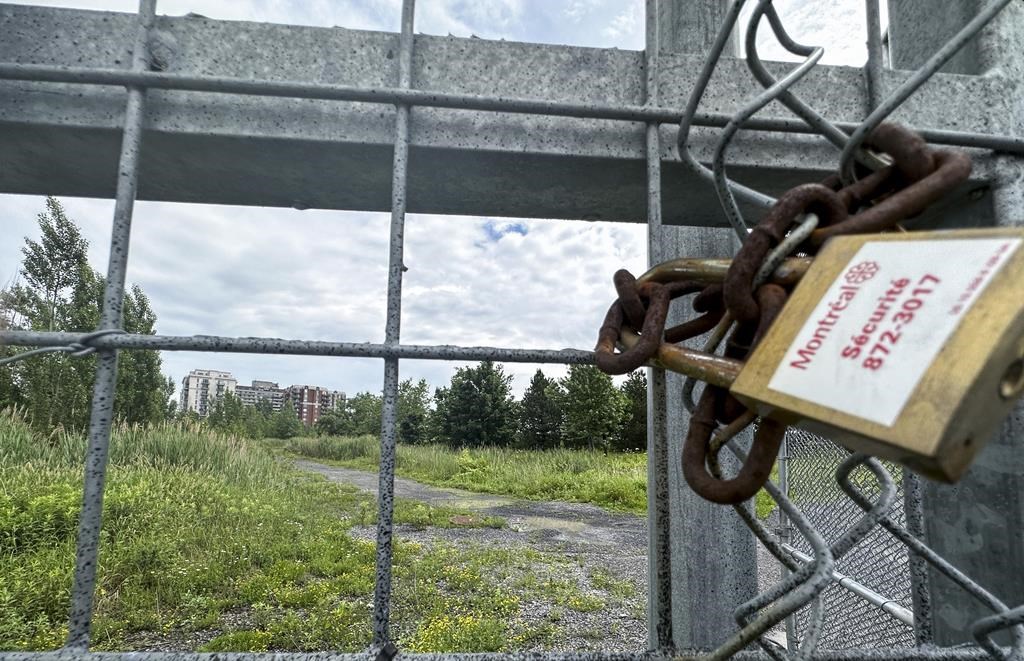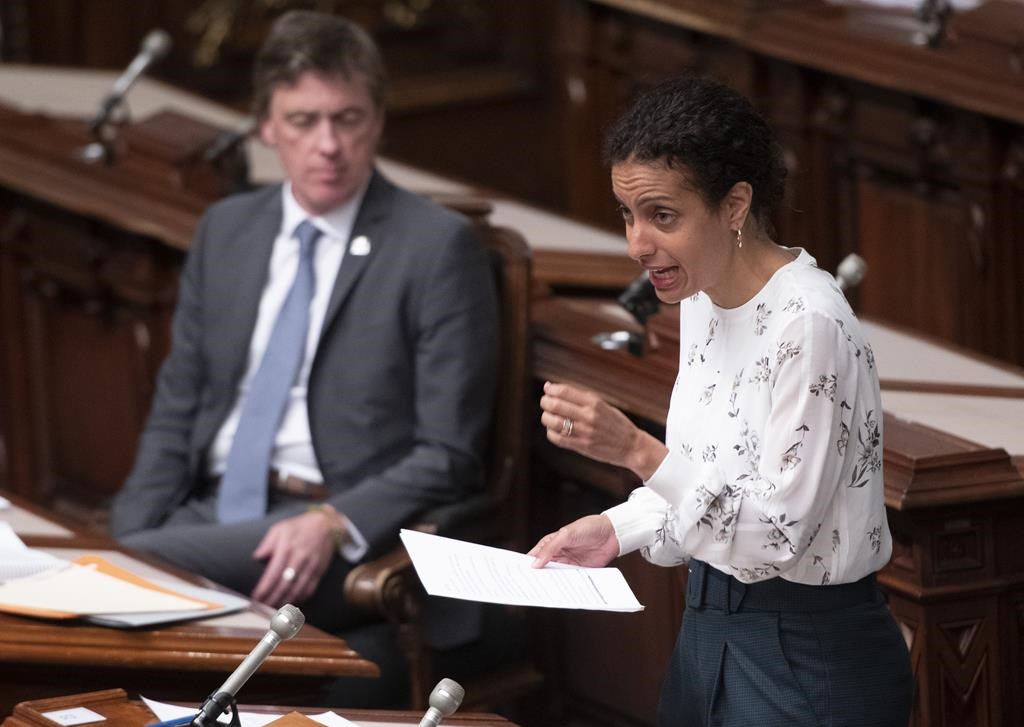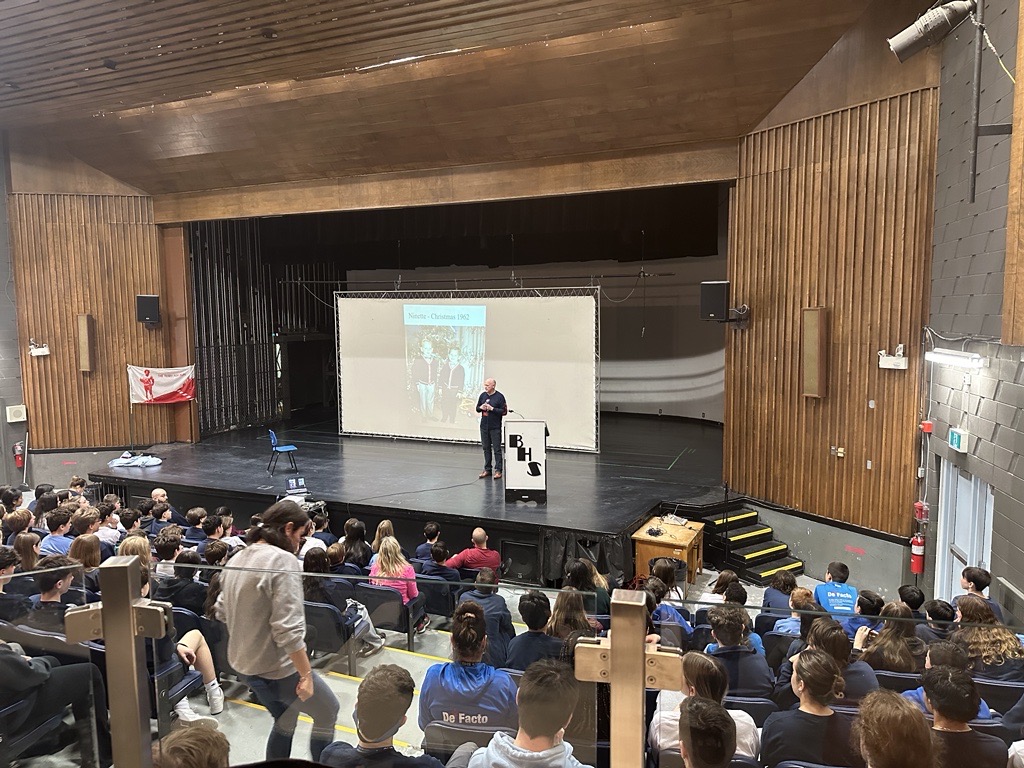Drowning concerns on the rise for Quebec as the province continues reopening

Posted May 26, 2020 6:04 pm.
MONTREAL (CITYNEWS) – Drowning is a silent killer that can take as little as 20 seconds.
Every year there are a number of drownings that happen with adults present.
Summer weather in Montreal might mean kids and parents are ready for a dip in the pool, but swimming experts say its important to remember how to be safe; saying the pandemic might make things more dangerous in the backyard.
“Usually around the city thousands of kids are taking swimming lessons in the spring warming up for summer. That’s not happening and of those thousands, usually hundreds of kids are achieving the milestone of going from non-swimmer to swimmer being able to swim on their own.
“But that didn’t happen so now there’s probably going to be a larger number of non swimmers out there,” said Adam Di Fulvio, president of the Montreal Institute of Swimming.
In Quebec, there’s an average of 80 drownings per year, mostly in rivers and lakes, but at least 10 per cent are in pools.
Now that more parents are working from home, Di Fulvio says being on your laptop while supervising your child in the pool is not safe or sufficient
“When it’s time to swim all your attention should be on swimming, when it’s time to work all your attention should be on work but the two should never overlap.”
Public pools in Quebec have been closed due to COVID-19 and the province is looking at ways to safely reopen them this summer.
“The size of the pool, they will be able to calculate how many people can be there to keep the two-metre distancing,” said Dr. Horacio Arruda, National Director of Public Health for Quebec, on May 21.
“If we don’t have any access for swimming, people they want to go on the trails and find the trails to come on the rivers or lakes or maybe near the cottage of someone or they want to jump in backyard pool, that means for us it would increase the probability of those drownings,” explained Raynald Hawkins, Director General of the Lifesaving Society.
“You wanna make sure that your pool is surrounded by a permanent fence of 1.2 meters or four feet and the second element is there can’t have any gaps or openings in the fence that can allow an object of twelve centimeters to pass through,” Di Fulvio said.
And having a gate that self locks after you leave.
Di Fulvio says the best way to be safe is making being able to swim a priority.



